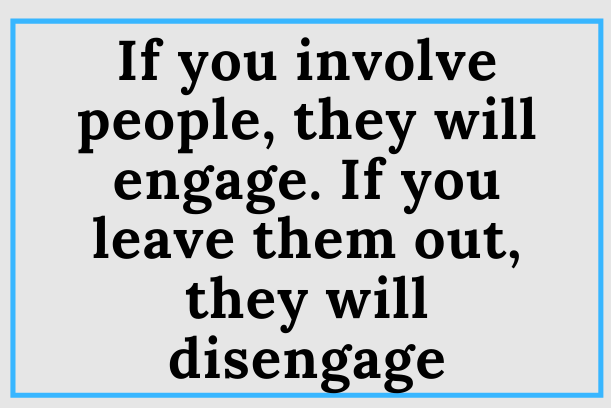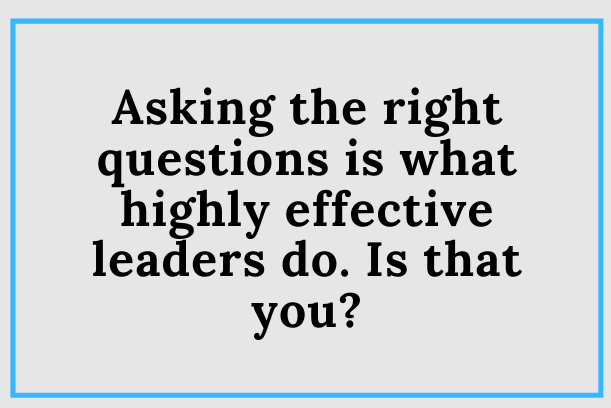Oct27

Organisational bias is a pervasive issue that can profoundly impact stifling innovation within a company. When bias exists within an organisation, it creates an environment that discourages diversity, limits creative thinking, and hinders the development of new ideas. Organisations must address and eliminate bias in all its forms to foster a culture of innovation.
One of the first steps in addressing organisational bias is to recognize its existence. Bias can take many forms, including unconscious biases that individuals may not even know. It is essential for leaders and employees to reflect on their biases and examine how they may impact the work environment. This self-awareness is the first step towards creating a more inclusive and innovative workplace.
Another key strategy in addressing organisational bias is to promote diversity and inclusion within the company. When individuals from different backgrounds and perspectives are given a seat at the table, it enhances the overall creativity and innovation of the organisation. Companies should actively seek out and hire individuals from diverse backgrounds, ensuring that their workforce reflects the diversity of the communities they serve.
Training and education are also essential in combating organisational bias. Organisations can create a more inclusive and accepting environment by providing employees with the tools and knowledge to recognize and address bias. This can be done through workshops, seminars, and ongoing diversity training programs.
The impact of bias on stifling innovation cannot be overstated. When bias is present within an organisation, it creates a culture of conformity and limits the ability for new ideas to flourish. To remain competitive in today’s rapidly evolving business landscape, organisations must foster a culture of innovation.
By eliminating bias, organisations open the doors to a wealth of new perspectives and ideas. When individuals from diverse backgrounds and experiences come together, they bring a range of unique insights and approaches. This diversity of thought catalyses innovation, as it encourages the exploration of new possibilities and challenges traditional ways of thinking.
Furthermore, eliminating bias fosters a more inclusive and collaborative work environment. When individuals feel valued and included, they are more likely to contribute ideas and take risks. This creates a culture that encourages experimentation and rewards creativity, both essential components of innovation.
In addition, addressing bias and fostering innovation go hand in hand with attracting and retaining top talent. In today’s competitive job market, organisations prioritising diversity and inclusion are more likely to attract high-performing individuals seeking an inclusive and supportive work environment. By creating a culture that eliminates bias and values innovation, organisations can position themselves as leaders in their industry and attract the best and brightest minds.
Overcoming innovation barriers in biased organisations requires a multi-faceted approach. It is not enough to acknowledge bias; organisations must take concrete steps to address and eliminate it to foster a culture of innovation.
One of the first steps in overcoming innovation barriers is to create a safe and inclusive environment where all employees feel empowered to share their ideas. This means establishing clear channels of communication and creating opportunities for collaboration. Organisations can also implement anonymous suggestion boxes or online platforms where employees can submit ideas without fear of judgment or bias.
Additionally, organisations must actively promote diversity in their leadership roles. When individuals from diverse backgrounds and experiences hold positions of power, it sends a clear message that all voices and perspectives are valued. This helps eliminate bias and ensures that decisions are made with a broader input range, leading to more innovative and inclusive outcomes.
Organisations should also provide resources and support for innovation initiatives. This can include dedicated time and space for employees to work on innovative projects, access to funding or mentorship programs, and a recognition and reward system that values and celebrates innovation. By creating a supportive infrastructure for innovation, organisations can break down the barriers that bias creates.
In conclusion, the impact of organisational bias on stifling innovation is significant. However, by addressing bias head-on, promoting diversity and inclusion, and creating a supportive environment for innovation, organisations can overcome these barriers and foster a culture of innovation that will drive their success in the long term.
We help medium-sized businesses to innovate and make measurable progress towards your business outcomes so your company thrives.
Over the years, we’ve used proven and guaranteed Innovation & OKR processes to generate tangible business outcomes in 12 weeks ️ for companies including Roche, IBM and many others.
Stay ahead of the competition. Learn more and contact us now.
By Andrew Constable MBA, XPP, BSMP
Keywords: Innovation, Leadership, Business Strategy
 How To Engage With Others
How To Engage With Others Friday’s Change Reflection Quote - Leadership of Change - Deference Ends Where Change Leaders Begin
Friday’s Change Reflection Quote - Leadership of Change - Deference Ends Where Change Leaders Begin The Corix Partners Friday Reading List - July 4, 2025
The Corix Partners Friday Reading List - July 4, 2025 Innovating Local Governments with Govtech: Insights from Amanda Renteria, CEO, Code for America
Innovating Local Governments with Govtech: Insights from Amanda Renteria, CEO, Code for America Do You Ask Your People The Right Questions?
Do You Ask Your People The Right Questions?